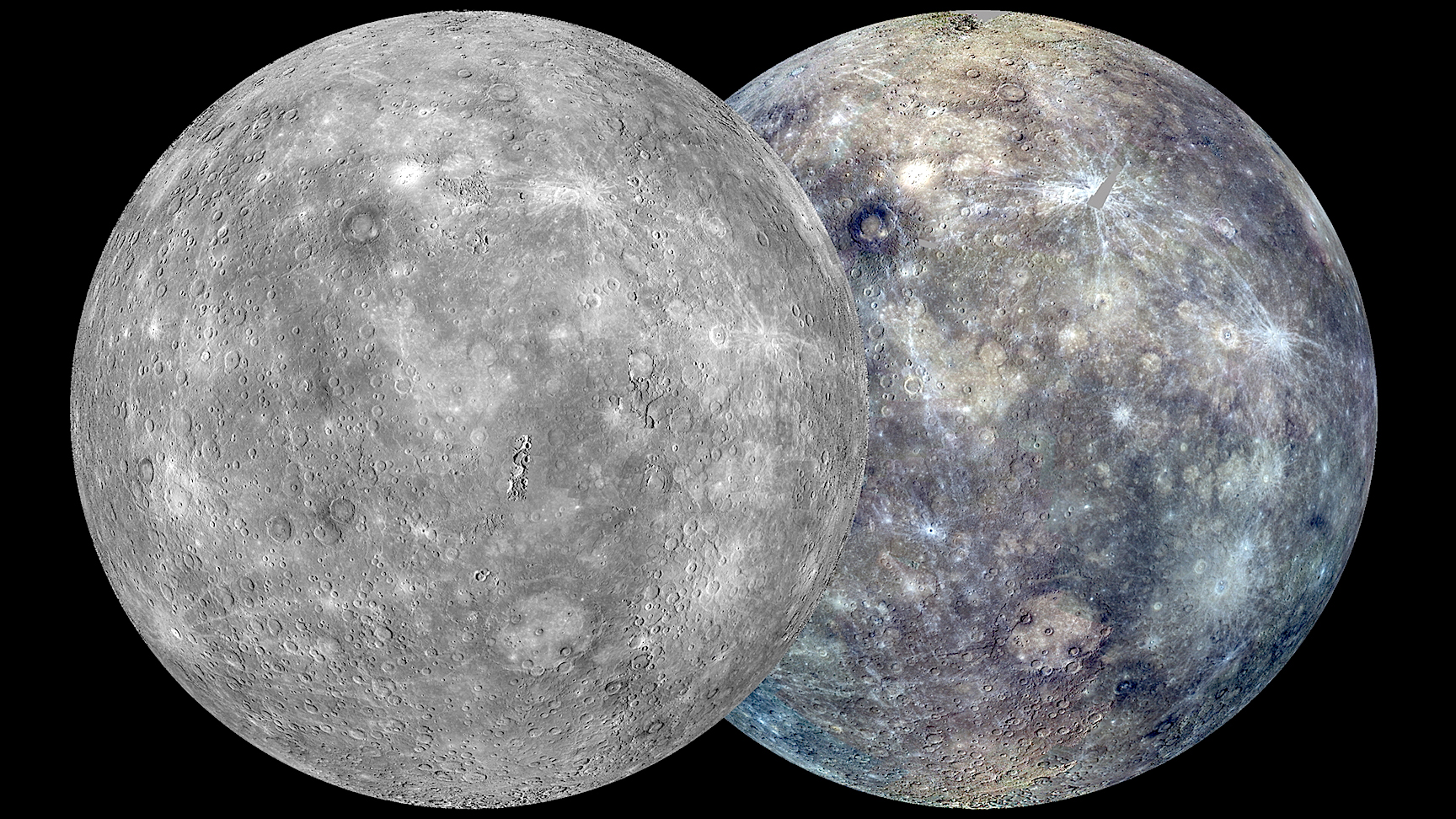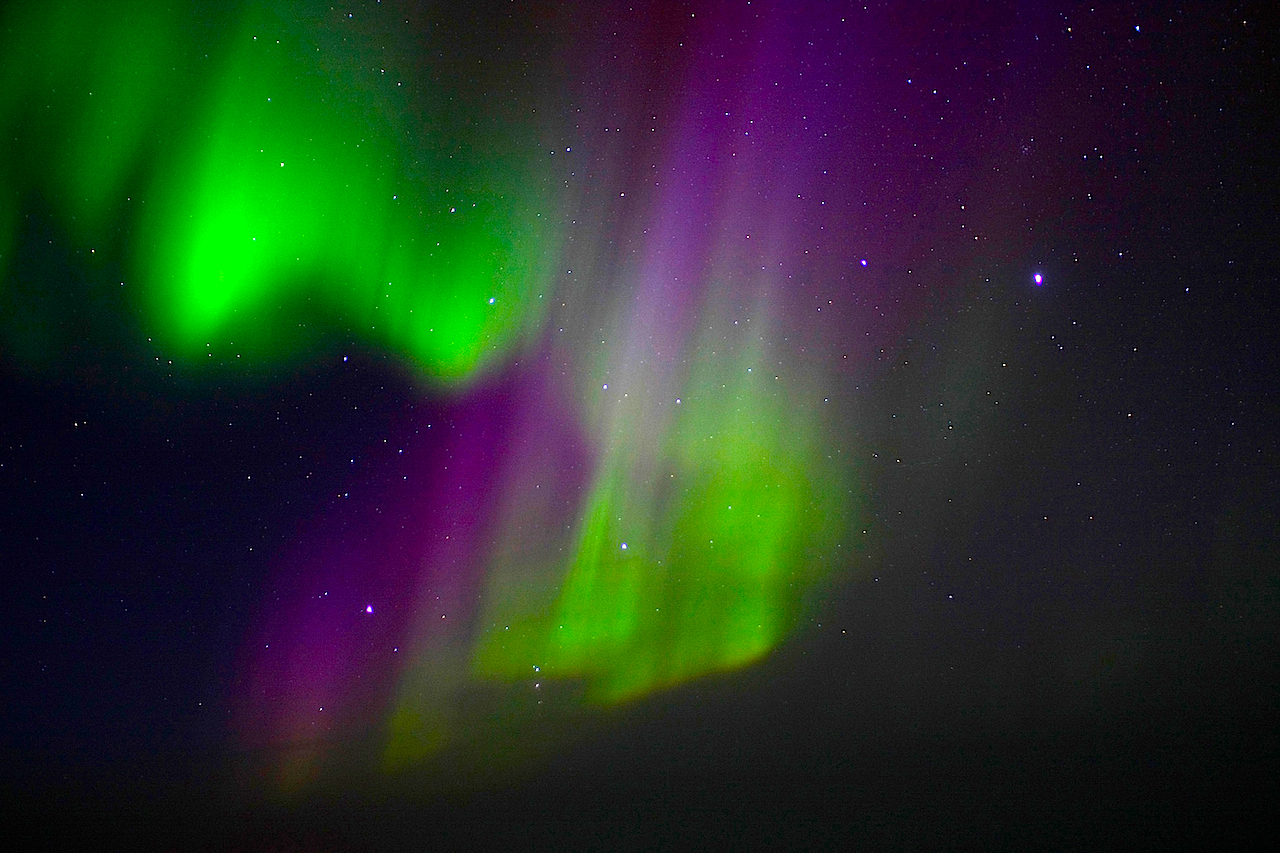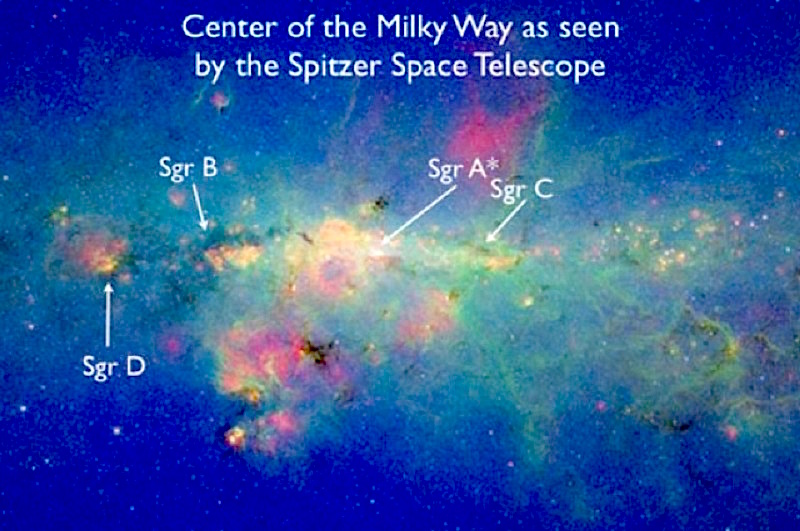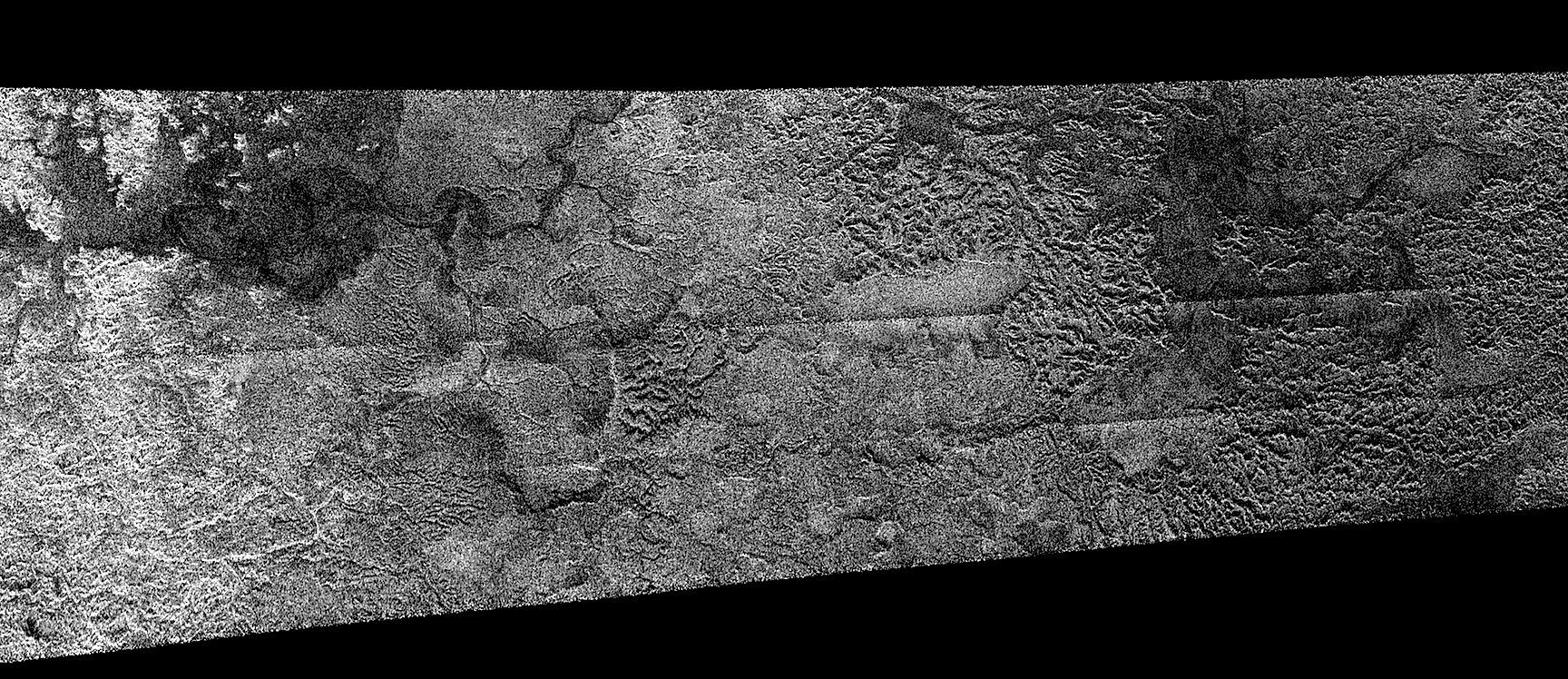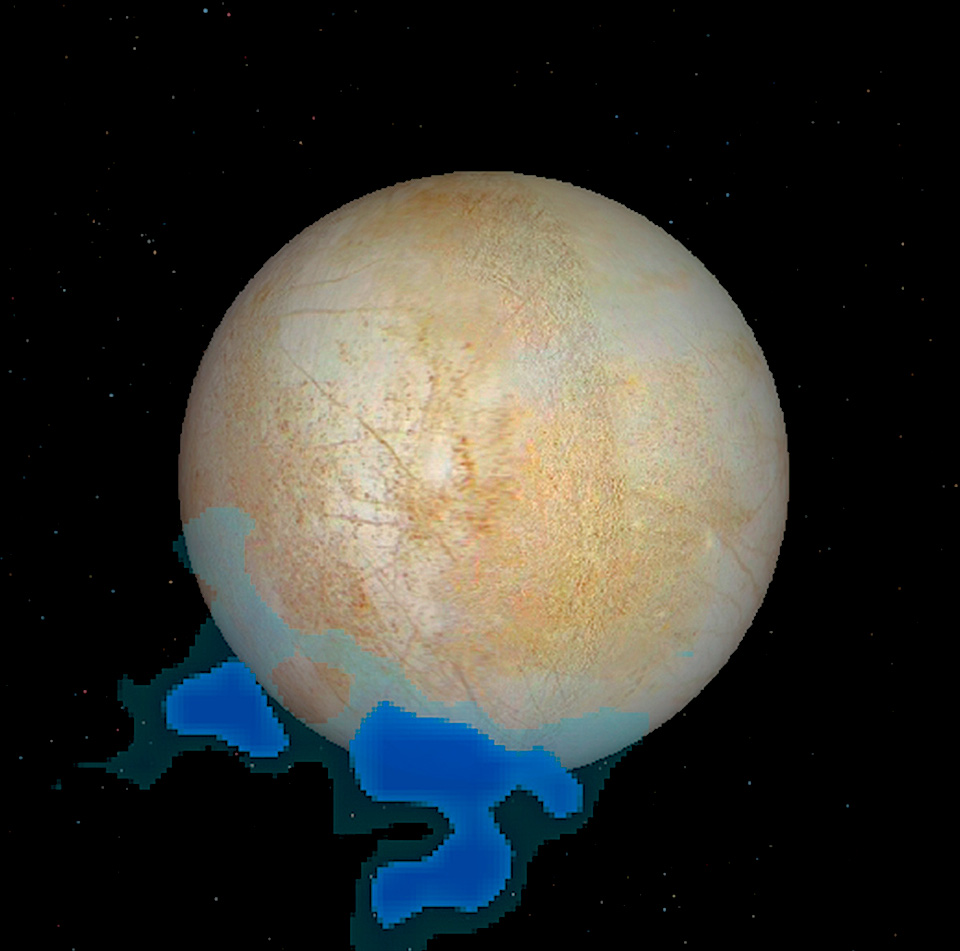Dr. Michael Clarage: Earth’s Electric Environment | EU2014

Dr. Michael Clarage shares new observations of some of the complexities of the Earth’s electrical environment. The Sun and Earth are connected in ways very similar to how man-made electrical equipment is connected. These similarities are examined in light of the idea of the entire solar system behaving as a…






